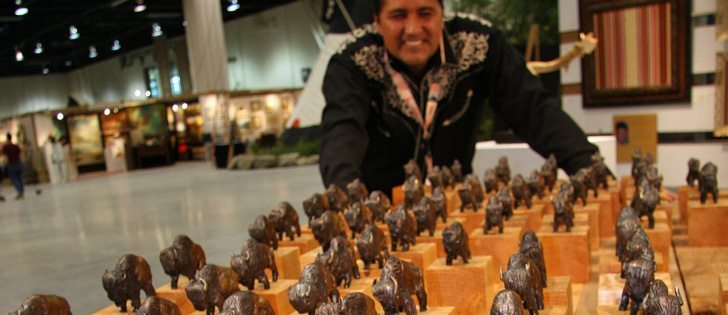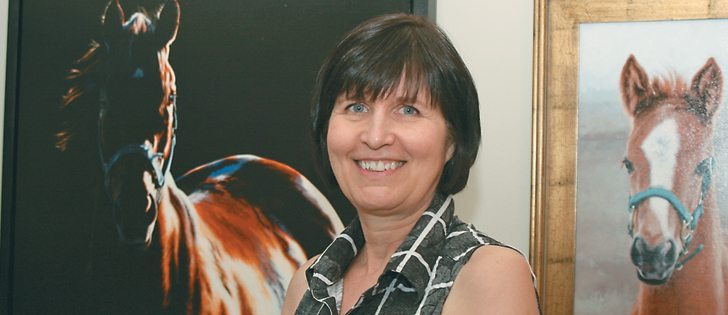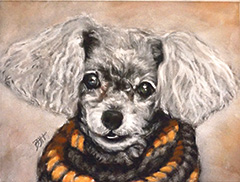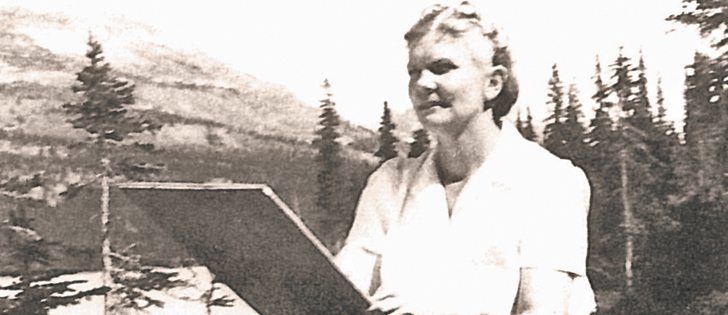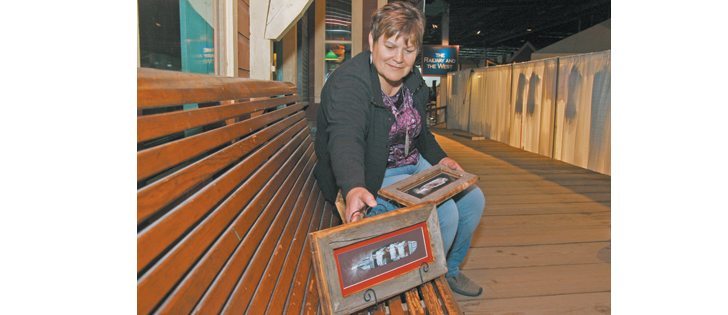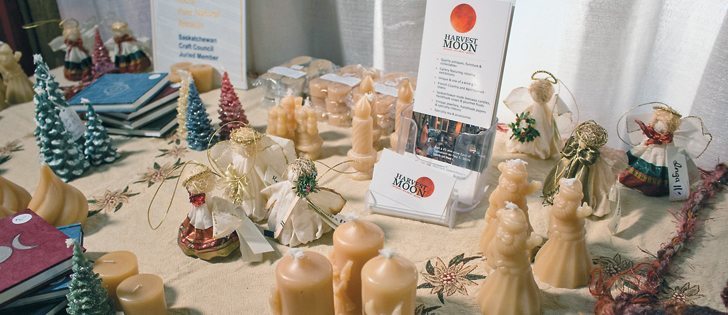Animals inspire | Bar U Ranch gives artists ideas for paintings, carvings and jewelry
Take five artists, place them on a working southern Alberta ranch and expose them to some history, archaeology and geology.
The result is inspired western art in a variety of media.
Since 2008, the Calgary Stampede artist ranch project has challenged artists to explore a ranch and then unveils their creations at the annual exhibition the following year.
Last year, the group spent a weekend at the Bar U Ranch near Long-view in the foothills, where they heard tales about the history of the area and the value of the fescue grasslands and met some local characters.
Read Also

Farming Smarter receives financial boost from Alberta government for potato research
Farming Smarter near Lethbridge got a boost to its research equipment, thanks to the Alberta government’s increase in funding for research associations.
This year’s artists were Dave Casey, Penny Chase, Jill Hobson, Shona Rae and Adrian Stimson, who were able to combine what they learned at the ranch and pay tribute to the Stampede centennial.
For Rae and Stimson, bison provided the most inspiration.
Stimson, a member of the Siksika First Nation near Calgary, is a multi-disciplinary artist who features bison in his oil paintings, sculptures and stage performances.
For thousands of years the Blackfoot depended on bison roaming the plains for food and clothing.
“Today, the bison still provides me with a living,” he said.
His featured work for the Stampede western art gallery was 101 miniature bronze bison mounted on maple blocks.
Each is individually carved and molded and then cast in bronze to represent every year since the Stampede began. The extra carving depicted a bison calf to represent the first year of the event.
He also created a series of images of falling bison in oils painted on birch. He typically uses canvas but found painting on the wood suited his style of layered paint and texture.
In the Blackfoot language, bison are called “inni,” pronounced “ene.” Stimson hopes to find a way to combine the endangered Blackfoot language with the concept of the bison, which was nearly wiped out by overhunting.
A full-time artist living in Sask-atoon, he was an associate curator at the city’s Mendel Art Gallery and still works as a sessional instructor at the University of Saskatchewan, where he earned a master’s degree in fine art.
Recent exhibits and performances include Beyond Redemption at the Mendel Art Gallery, Photo Quai, Musee du quai branly and Unmasking at the Canadian Cultural Centre in Paris, France, and Buffalo Boy’s Battle of Little Bighorny, Alta., at Calgary’s Mountain Standard Performance Festival in 2008.
He received the Queen Elizabeth II Golden Jubilee Medal in 2003 and the Alberta Centennial Medal in 2005 for his human rights and diversity activism.
He was a tribal councillor for eight years in the 1990s but left in 1999 to study at the Alberta College of Art and Design in Calgary. He graduated in 2003.
Shona Rae attended the college around the same time as Stimson, but her art revolves around ceramics, goldsmithing and carving.
Searching around the ranch, she found animal bones and antlers that she used to carve aboriginal myths. Her jewelry combines metal with bone to create mythical and magical style images using elk, deer, bison and cow bones.
The bones are prepared by boiling for 72 hours and then dried to remove marrow and fat.
To properly cure, the drying process can take three to five years but the result is a hard bone that looks like ivory that whitens over time with images of the buffalo bride and elk women found in Blackfoot legend.
She learned carving techniques from master carvers in the Arctic when she taught a jewelry course in Kujjuraappic in the autumn of 2001. She lives in Calgary and is also a musician.
“I am an artist who makes jewelry for a living,” she said. “I always told my students if you truly are committed and you are very tenacious you will make a living as an artist.”
The Calgary Stampede runs July 6-15.




